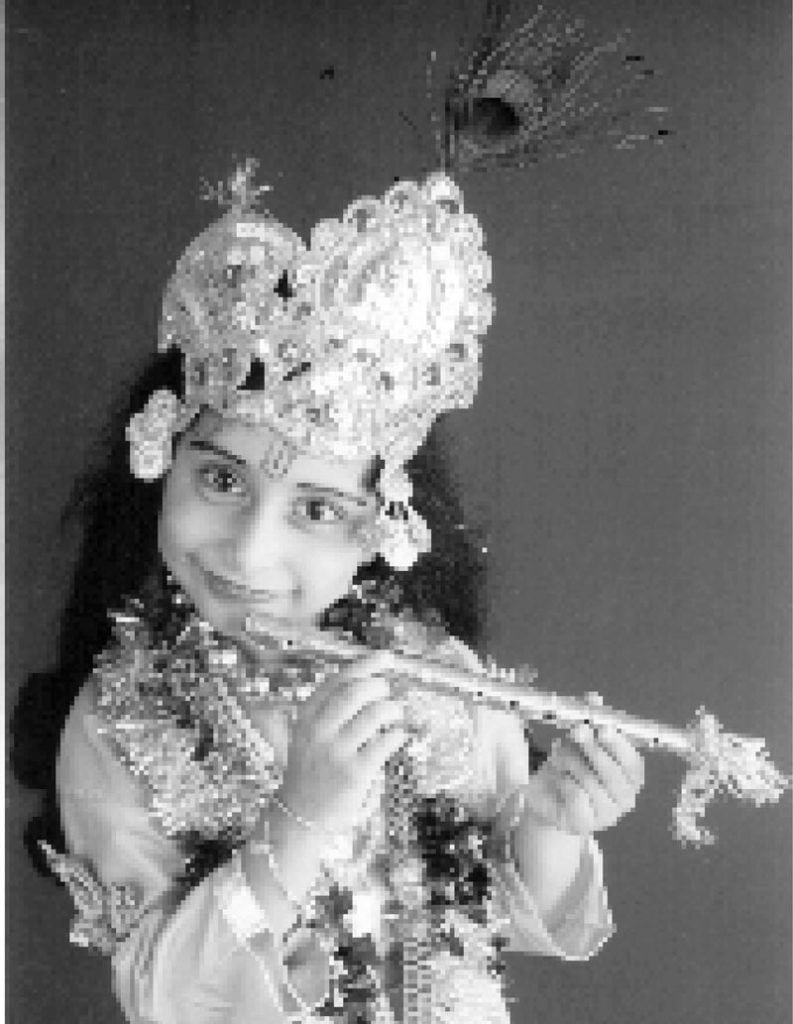Intellect, they say, rules the world. Dwelling on importance of cerebral acumen Bible puts it notches above the value of precious stones. A wise man, so to say, needs and no other material wealth. Even as all men have brains, a few are able to make best use of it for success in all walks of life. If we use basics of mental development on tiny tots right from infancy, they will score high in domains of capability and discretion world wide over.

Formation of human brain
According to scientists, human brain is most complicated of all biological organs. A the time of birth there are about 100 million neurons. Out of this staggering number, it only a minuscule of nerve cells that a man is able to use during his life time. Till quite recently brain was an enigma for researchers and it’s only a couple of years back that its mystery was unravelled to some extent. For example, mind and intellect have been differentiated and classified. Drawing parallel with a computer, it is safe to say that intellect is software, and mind hardware, and the two work in tandem.
Mind musings
A man can live in world in joy, peace and absolute love if only he knows the art of meditation and intellectual application. By so doing he can achieve happiness which is many folds higher than promised in paradise. And experience salvation in life as well after his death.
—Asaram Bapu
Doubtless our mind is pandora’s box that can grant us a fortune just for the asking. Take the case of Mr. Prabhu Goyal of the walled city of Meerut in Uttar Pradesh. Beginning with a paltry capital of only fifteen thousand rupees he went on to create 24 crores by dint of his mind power. This prodigal entrepreneur began his career with famous American company IBM. He was assigned job of manufacturing computer software. For full eight years Prabhu Goyal blitzkrieged with his extraordinary talents. Honours were bestowed on him for his nodal contribution during his stint with Computer Aided Design (CAD) programmes.

Later on Mr. Goyal felt stagnated on job and hence tendered his resignation. Thereafter he studied at Vong Laboratories for sometime, honing his skills before making that final attempt to reach out for the moon. With a capital amount of five hundred dollars (i.e. Rs 15000 approximately) he floated his own venture named ‘Gateway Design Automation’. In year 1991 his company recorded a net income of rupees 75 crores. And when, 5 years later, company was up for sale, Mr. Goyal reaped a bounty of Rupees 240 crores. As on today Prabhu Goyal has everything except a desire to call it quit. He is currently busy with two new projects in Silicon Valley. And at the same time his charitable corpus ‘Goyal Foundation’ is extending financial assistance to Indian Schools and to destitute children. If this is not a miracle of brain power—what else would you call it?
Scale of intellect
A child’s innate ability and manner of doing and learning things indicates child’s intellectual level. Can this competency be scaled or measured? Indeed such calculations are crucial as they must include a child’s imagination, meditative skills and logical reasoning. Test for these, for children of 5th standard and up, vary with the class in which a child is reading. These are psychological scannings. Mind-testing is used to take a stock of mental status. In such examinations, only verbal language is used, not the nonverbal one.
Sentience measuring has existed in society in myriad forms. Our ancient literature is replete with puzzles and allegories to tease and test grey matter. Tests to measure intellect on scientific lines were first done in Europe. In this context, famed German psychologist Woundt made a landmark contribution. In 1879 he established a laboratory to conduct pioneering work on man’s sense perception, body function analysis, and mind testing. At that time a sweeping generalisation was made saying—better the sense perception, wiser the man.
Circa 1901, another psychologist named Wechsler, also of German origin, propounded another theory. He said it was inapt to judge human mind in a laboratory with the help of gadgets. Rather, he clarified, the task could be better accomplished if children were subjected to examinations in their class room situations. His surmise was based on observation that most students who made a mark in college and university examinations—did so even in their future life activities. The same however couldn’t be said of those tested in Woundt laboratory and administration was keen to know reasons thereof. So, the noted psychologist of France, Binay was singled out for the job. He hired services of another psychologist Simon (year 1904) to assist him in this project. Both these researchers worked in tandem and prepared a list of questionnaires to test I.Q. of children in different age groups (year 1911).
Each list of questionnaires are six imploring posers. These sets of question papers were designed to cover children from 3 to 15 years of age.
Measuring of mind
Circa 1880, an intrepid researcher named Binay was engaged in a host of experiments to fathom brain power—but was reaching nowhere. Come 20th century and a sanguine problem was staring municipal corporation of Paris in the face. The schools run by this corporation had a good number of laggard. Questions were so framed that one intended for a particular age group, was a total mismatch for another age group. Thus what was asked of an eight year old couldn’t be replied by a seven year old. Similarly a child of 4 couldn’t have answered questions meant for his one year senior.
Grading was done like this : the child that solved queries of his/her specific age group was rated normal. One who couldn’t was graded below normal. The third category, exceptionally intelligent, was reserved for those who solved even those questionnaires which were slated for his/her senior’s age-group.
Basis of binay-simon intelligence test
(SET OF QUESTIONS ASKED for different age groups)
1.Three years old :
1. Where is your nose…your eye…etc.
2. What is this? (Ask after dangling a knife, currency note, coin, bunch of keys etc.)
3. What do you see in this picture? (Hold out the item before child)
4. Are you a boy or a girl?
5. What is your name?
6. Repeat what I say :
a. I have a small dog.
b. Dog chases a cat.
c. In summers sunlight is intense.
2. Four years old :
- Draw 2 parallel lines. One 5 inches and another 6 inches long. Have a distance of 3 inches between these two and ask the child : ‘Which one of these lines is longer?’
- Draw a rectangle, a square, and a triangle, and ask whether the three are same or different.
- Put some coins on table and ask the child to count them.
- Draw a square and ask the child to make a copy of it. Let child draw 3 such figures. Two of them should match the standard.
- Call out numbers 4,7,3,9 etc. and instruct youngster to repeat them after you finish.
Five years old :
- Which of these two bags is heavier? (Demonstrate two identical looking bags with difference in weights).
- Show red, green, blue and yellow colours and see if child recognises them.
- Show picture of a young girl and a mature woman and ask which of them is elder/younger.
- Show picture of a woman with ordinary looks, and another with stunning looks, and see which one appeals better to the child.
- Ask young one of what use is chair, horse, and such likes.
- Does the child know what patience means?
Six years old :
1. Ask—which is your right hand…right ear…?
2. Sketch three images of a woman. One should be missing the nose, another eyes, and the third image should be lacking in lips. Ask little one what each face is missing.
3. Spread a handful of metal coins on table. Let the child count and tell sum total of them.
4. Ask—what will you do when,
(a) You are going to school and it starts raining.
(b) A fire breaks out in your house.
(c) You want to go somewhere but miss your
train.
5. Put currency notes/coins of different denominations on table and see if child can tell them right.
6. Ask youngster to repeat following lines :
(a) What a nice day it is.
(b) Bunty used his holidays to the best.
(c) He would go to river daily to take his bath.
(d) Today we will go out for a walk.
(e) Please give me my cap.
BINAY-SIMON experimented on thousands of children and compiled questions as shown above. They took care to maintain subject wise distinctions in their question papers. With this examination, it is easy to measure a child’s calibre in different subjects. These tests can easily reveal a child’s psychic maturity or mental age. And they don’t require too many tools. A piece of paper and pencil are enough.
Remember
❑ According to one definition, intellect is that power of mind which is best of all, immensely capable, and rules all other human faculties. In other words it is a power house which propels the entire gamut of our cerebral activities.
❑ If a man is good in one field of activity, he would be good in any other too. Thus Ravindra Nath Tagore, the great poet, by extension of this logic, could have made good as a scientist too.
❑ Only those children reach to the final post of success in life, who develop their mental faculties in early childhood itself.
❑ Pour water, O God,
From repertory of your thundering clouds.
Give grains to birds
And morsel to children O God.
Two and two aren’t always four
Give some ignorance
O God
To those who think they are wise.

